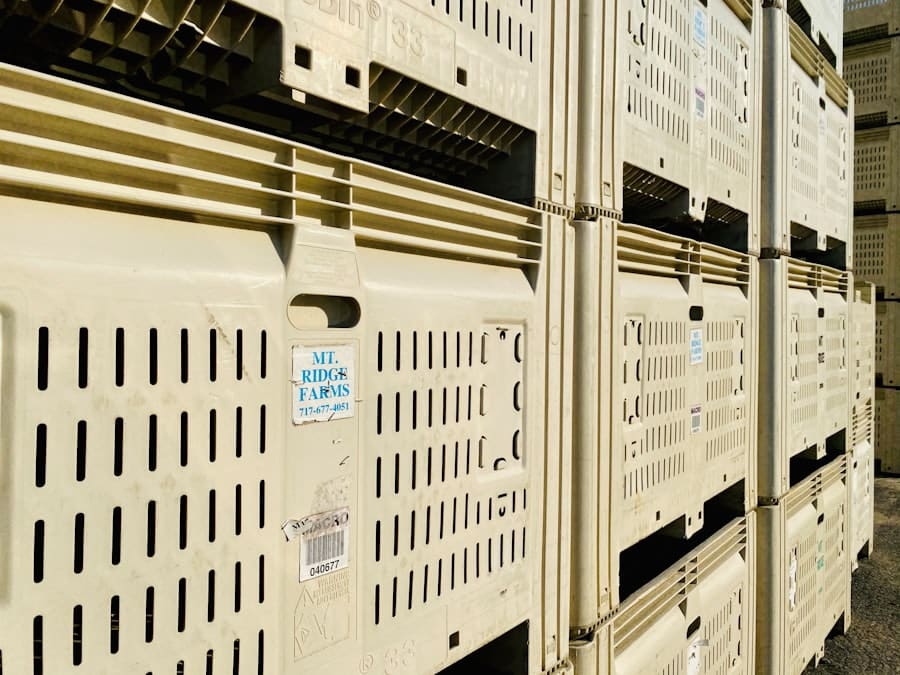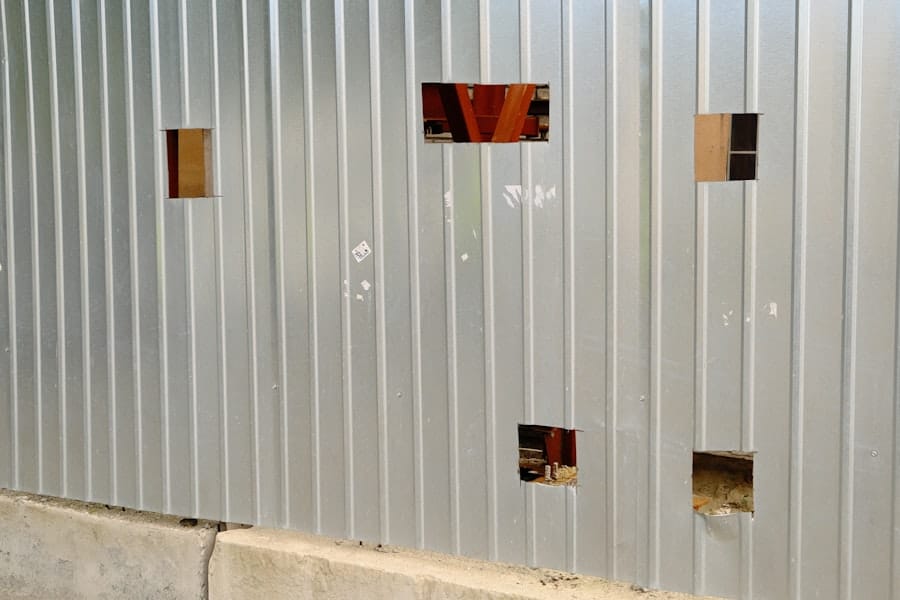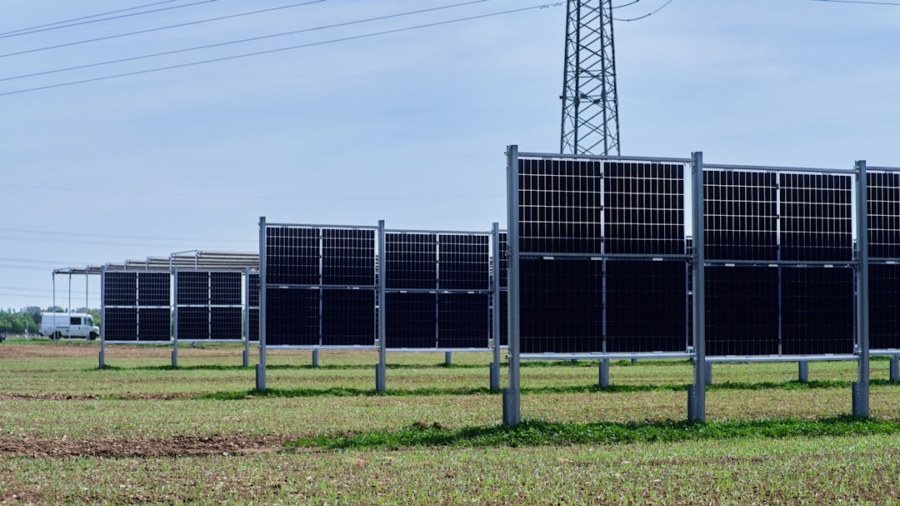Energy storage systems (ESS) have emerged as a critical component in the transition to a sustainable energy future, particularly in the context of renewable energy sources such as solar and wind. As these sources are inherently variable and dependent on environmental conditions, the ability to store energy becomes essential for ensuring a reliable and consistent power supply. The integration of ESS allows for the capture of excess energy generated during peak production times, which can then be utilized during periods of low generation.
This capability not only enhances the efficiency of renewable energy systems but also plays a pivotal role in reducing reliance on fossil fuels. The significance of energy storage systems extends beyond mere energy management; they are instrumental in facilitating the broader adoption of renewable technologies. By addressing the intermittency issues associated with solar and wind power, ESS can help mitigate concerns about grid reliability and stability.
This, in turn, encourages investment in renewable infrastructure, as stakeholders gain confidence in the ability to maintain a steady energy supply. Furthermore, as governments and organizations worldwide commit to ambitious carbon reduction targets, the role of energy storage systems becomes increasingly vital in achieving these goals while ensuring economic viability.
Key Takeaways
- Energy storage systems are crucial for the integration of renewable energy sources into the grid.
- Energy storage systems help stabilize intermittent renewable sources by storing excess energy for use during low generation periods.
- Energy storage systems play a key role in grid stability and resilience by providing backup power and balancing supply and demand.
- The benefits of energy storage systems for renewable integration include increased reliability, reduced curtailment, and improved energy management.
- Overcoming the challenges of renewable energy is possible with energy storage systems, which can address issues such as variability and intermittency.
How Energy Storage Systems Help Stabilize Intermittent Renewable Sources
Intermittent renewable sources like solar and wind power are characterized by their fluctuating output, which can lead to challenges in maintaining a stable energy supply. Energy storage systems provide a solution to this problem by acting as buffers that can absorb excess energy when production exceeds demand and release it when generation falls short. For instance, during sunny days when solar panels generate more electricity than is needed, an ESS can store this surplus energy for later use, effectively smoothing out the peaks and troughs of energy generation.
Moreover, advanced technologies such as lithium-ion batteries and pumped hydro storage have significantly improved the efficiency and capacity of energy storage systems. Lithium-ion batteries, for example, are widely used due to their high energy density and rapid response times, making them ideal for applications that require quick adjustments to fluctuations in supply and demand. In contrast, pumped hydro storage utilizes gravitational potential energy to store large amounts of electricity over extended periods, providing a more traditional yet effective means of stabilizing the grid.
By leveraging these technologies, energy storage systems can enhance the reliability of renewable sources, ensuring that they can meet consumer demand even during periods of low generation.
The Role of Energy Storage Systems in Grid Stability and Resilience

Grid stability is paramount for any modern electrical system, and energy storage systems play a crucial role in enhancing this stability. By providing ancillary services such as frequency regulation and voltage support, ESS can help maintain the balance between supply and demand on the grid. For example, when there is a sudden drop in generation due to a cloud passing over solar panels or a lull in wind activity, energy storage systems can quickly discharge stored energy to compensate for the loss, thereby preventing potential blackouts or grid failures.
In addition to immediate responses to fluctuations, energy storage systems contribute to the overall resilience of the grid. In regions prone to extreme weather events or natural disasters, ESS can serve as a backup power source when traditional infrastructure is compromised. For instance, during Hurricane Sandy in 2012, areas equipped with energy storage systems were able to maintain power longer than those reliant solely on conventional grid connections.
This resilience not only protects critical infrastructure but also enhances community preparedness for future disruptions.
The Benefits of Energy Storage Systems for Renewable Integration
The integration of renewable energy sources into existing power grids presents numerous challenges, but energy storage systems offer several benefits that facilitate this process. One significant advantage is their ability to provide load shifting capabilities. By storing excess energy generated during off-peak hours and releasing it during peak demand periods, ESS can help flatten demand curves and reduce stress on the grid.
This load management capability is particularly beneficial in regions where renewable penetration is high, as it allows for more efficient use of available resources. Furthermore, energy storage systems can enhance the economic viability of renewable projects by enabling participation in various market mechanisms. For instance, ESS can engage in demand response programs or frequency regulation markets, providing additional revenue streams for operators.
This financial incentive encourages further investment in renewable technologies and supports the development of innovative business models that prioritize sustainability. As a result, energy storage systems not only improve the integration of renewables but also contribute to a more economically sustainable energy landscape.
Overcoming the Challenges of Renewable Energy with Energy Storage Systems
Despite the clear advantages of renewable energy sources, several challenges remain that hinder their widespread adoption. One of the primary obstacles is the issue of intermittency; without reliable methods to store excess energy, utilities may be hesitant to invest heavily in renewables. Energy storage systems address this challenge head-on by providing a means to capture and utilize surplus generation effectively.
By doing so, they help alleviate concerns about grid reliability and enable utilities to incorporate higher percentages of renewables into their energy mix. Another challenge is the aging infrastructure of many electrical grids, which may not be equipped to handle the influx of distributed generation from renewable sources. Energy storage systems can play a transformative role in modernizing these grids by providing localized solutions that enhance flexibility and responsiveness.
For example, deploying battery storage at substations or within microgrids allows for more efficient management of localized energy resources while reducing transmission losses associated with long-distance electricity transport. This localized approach not only improves grid performance but also empowers communities to take control of their energy futures.
The Future of Energy Storage Systems in Supporting Renewable Reliability

As technology continues to advance, the future of energy storage systems looks promising in terms of supporting renewable reliability. Innovations such as solid-state batteries and flow batteries are being developed to enhance performance characteristics like longevity, safety, and cost-effectiveness. These advancements could lead to even greater adoption rates for energy storage solutions across various sectors, including residential, commercial, and utility-scale applications.
Moreover, as global efforts to combat climate change intensify, policy frameworks are likely to evolve to support the deployment of energy storage systems. Governments may implement incentives or subsidies aimed at reducing upfront costs for consumers and businesses alike. Additionally, regulatory reforms could facilitate greater integration of ESS into existing markets by recognizing their value in providing essential grid services.
As these trends unfold, energy storage systems will undoubtedly play an increasingly vital role in ensuring that renewable energy sources can deliver reliable power while contributing to a sustainable future.
Case Studies: Successful Implementation of Energy Storage Systems in Renewable Energy Projects
Numerous case studies illustrate the successful implementation of energy storage systems within renewable energy projects around the globe. One notable example is the Hornsdale Power Reserve in South Australia, which features one of the largest lithium-ion battery installations in the world.
The project has not only enhanced local grid reliability but has also served as a model for similar initiatives worldwide. Another compelling case is found in California’s growing network of community solar projects paired with battery storage systems. These initiatives allow residents to benefit from solar power without needing individual rooftop installations while simultaneously providing a means to store excess generation for later use.
By aggregating resources at a community level, these projects have successfully demonstrated how energy storage can facilitate broader access to renewable energy while enhancing grid resilience and reducing overall costs for consumers.
Policy and Investment Considerations for Expanding Energy Storage Systems in Support of Renewable Reliability
To fully realize the potential of energy storage systems in supporting renewable reliability, targeted policy measures and investment strategies are essential. Policymakers must create an enabling environment that encourages research and development in advanced storage technologies while also addressing regulatory barriers that may hinder deployment. This could involve revising interconnection standards or establishing clear guidelines for how ESS can participate in electricity markets.
Investment considerations also play a crucial role in expanding energy storage systems. Public-private partnerships can be instrumental in financing large-scale projects that integrate ESS with renewable generation facilities. Additionally, financial incentives such as tax credits or grants can help lower barriers for smaller-scale deployments at residential or community levels.
By fostering collaboration among stakeholders—including government agencies, private investors, and technology developers—societies can accelerate the transition toward a more resilient and sustainable energy future powered by renewables and supported by robust energy storage solutions.
In the context of enhancing the reliability of renewable energy sources, energy storage systems play a crucial role by balancing supply and demand, storing excess energy, and ensuring a steady power supply even when renewable sources are intermittent. A related article that delves into the technological advancements supporting these systems is The Best Tech Products 2023. This article highlights cutting-edge technologies, including innovations in energy storage, that are pivotal in supporting the transition to more sustainable energy solutions.
FAQs
What are energy storage systems?
Energy storage systems are devices or technologies that store energy for later use. They can store energy in various forms such as electrical, mechanical, chemical, or thermal energy.
How do energy storage systems support renewable reliability?
Energy storage systems support renewable reliability by storing excess energy generated from renewable sources, such as solar or wind, and releasing it when needed. This helps to smooth out the variability of renewable energy sources and ensure a more consistent and reliable energy supply.
What are the benefits of energy storage systems for renewable energy?
Energy storage systems can help increase the reliability and stability of renewable energy sources by providing backup power during periods of low renewable energy generation. They can also help to integrate renewable energy into the grid more effectively and reduce the need for traditional fossil fuel-based power plants.
What are some examples of energy storage systems?
Examples of energy storage systems include batteries, pumped hydro storage, flywheels, compressed air energy storage, and thermal energy storage. These systems can vary in size and technology, and each has its own advantages and limitations.
How do energy storage systems contribute to a more sustainable energy system?
Energy storage systems can contribute to a more sustainable energy system by enabling the increased use of renewable energy sources, reducing the reliance on fossil fuels, and helping to lower greenhouse gas emissions. They can also improve the overall efficiency and reliability of the energy grid.

